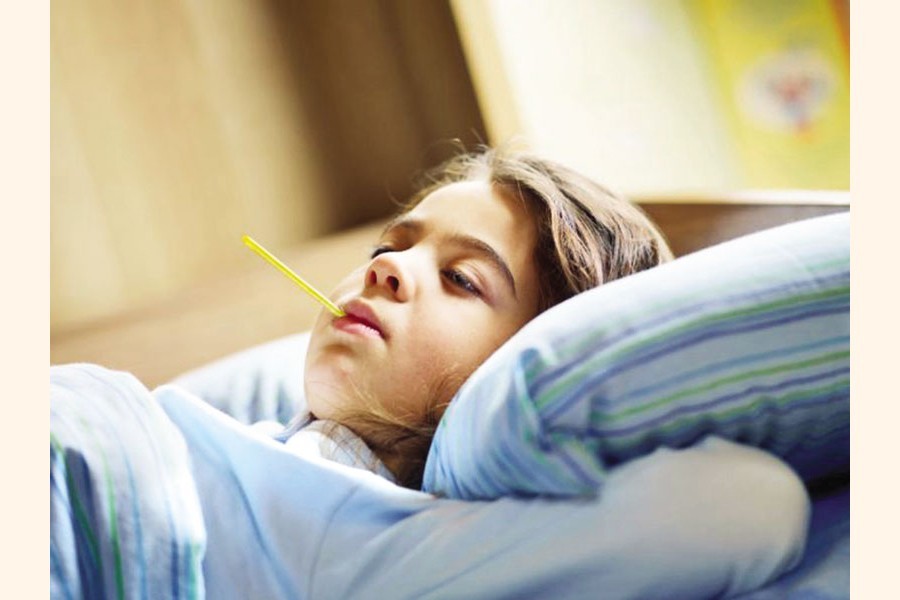Winter is coming with sneezing, coughing, runny nose, and of course, some sort of fever. The risk of catching these symptoms in winter is very high. According to the 'US Center for Disease Control and Prevention,' adults usually catch a cold twice or thrice during winter. But why is winter such a troubling time?
The explanations range from our immune system disturbances to getting less sunlight exposure. It is also true that some viruses, often the main culprit behind many of our symptoms, can spread faster when the temperature is low. Another theory points to our nasal mucosa, a vital defence to expel germs. In winter, the nasal mucosa is dry and sticky, thus weakening the normal defence.
As the season approaches, there is a high chance of getting a fever. This pre-winter fever indicates some underlying infection, which the body is trying to fight. Excluding the two prevalent diseases of the current time, e.g., Dengue and COVID-19, this pre-winter fever is usually caused by the common cold or flu, both of which are viral illnesses.
The common cold is usually characterised by a low-grade fever associated with fatigue and chills in some cases. These patients typically have a runny nose, sore throat, coughing and sneezing. As it is viral fever, usually, this goes off in a week or so, though other symptoms may persist slightly longer.
For flu, fever is also a common feature. But this is more high-grade, about 102° F or higher. It also comes quicker than a cold, where the buildup of fever and other symptoms is more gradual. The body aches are also prominent. Apart from the respiratory symptoms, which may mimic the common cold, headache, vomiting, and diarrhoea could also accompany the fever. The patient generally recovers from fever in 2 weeks, but it may take a few more days to shake off the lingering effects of the sickness completely.
How can we minimise the risk of getting a fever, cold or flu? A flu vaccine is available, and it must be injected every year. Hygienic practices, e.g., frequent hand washing with soap and water, avoiding touching of mouth, nose and eyes and keeping distance from people known to be sick, are all good preventive measures. Proper winter clothing is also necessary, as this will help ensure that the cold temperature does not affect our immune system adversely.
For a patient, staying home, resting, and drinking plenty of fluid are suggested. For fever and body pain Acetaminophen/Paracetamol is sufficient. Antihistamines and decongestant medications could help too. The patient should stay isolated within the house to prevent infection from spreading to other family members. But antibiotics must not be used unless the physician prescribes it.
The pre-winter fever is self-limiting, and resting at home is often sufficient to recover. Physician consultation is generally not required.
However, if the fever is 103ºF (39.4ºC) or higher, associated with seizure, severe headache, stiffness in the neck or breathlessness, then it is imperative to seek medical assistance immediately.


